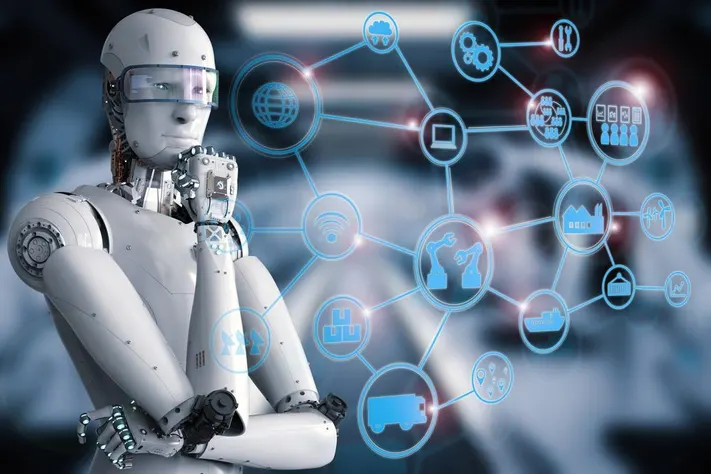
Robotics in Education: Shaping the Future of Learning
Integrating robotics into educational settings transforms traditional teaching methods and reshapes how students engage with complex subjects. From elementary classrooms to university labs, robotics enhances the learning experience and prepares students for a technologically advanced world. This article explores the impact of robotics on education, highlighting its benefits, challenges, and future potential.
Empowering Interactive Learning
Robotics offers an interactive platform that encourages active learning. Educators can demonstrate theoretical concepts through tangible, real-world applications by incorporating robots into the curriculum. For instance, programming a robot to perform specific tasks allows students to see the practical effects of coding and algorithmic logic. This hands-on approach deepens understanding and retains student interest more effectively than traditional lecture methods.
Developing Critical Skills
Using robotics in education plays a crucial role in developing essential 21st-century skills. Problem-solving, critical thinking, and teamwork are naturally fostered through robotic projects. Students learn to collaborate on design and troubleshooting, which enhances their communication and interpersonal skills. Moreover, robotics challenges students to think critically and creatively while experimenting with building and programming.
Bridging STEM Education Gaps
Robotics is particularly influential in STEM (Science, Technology, Engineering, and Mathematics) education. It provides a fun and engaging way to introduce complex subjects, making them accessible and enjoyable to a broader range of students. This is especially important for underrepresented groups in STEM fields, as robotics can help diminish barriers and ignite a passion for science and technology from an early age.
Customization and Special Needs Education
Robots are also valuable in special education, offering customized support to students with different learning needs. Robotic devices can assist in developing motor skills, facilitating communication, and providing repetitive practice consistently and patiently, which students with disabilities often need. Furthermore, robots can be programmed to handle various learning styles and paces, making them an excellent tool for personalized education.
Preparing for the Future
As the job market increasingly favors technological and digital expertise, exposing students to robotics from an early age prepares them for future careers. The skills acquired through robotics education are applicable in numerous fields, not just in technology. Understanding robotics and automation will be crucial as more industries integrate these technologies.
Challenges and Considerations
Despite its benefits, implementing robotics in education comes with challenges. The high cost of equipment and the need for specialized teacher training are significant barriers. Keeping the curriculum updated with rapid technological advancements in robotics is also challenging.
Conclusion
The future of robotics in education is bright, with the potential to significantly enhance how students learn and interact with technology. As educational institutions continue to embrace this transformative tool, the focus should be on equitable access and seamlessly integrating robotics into existing curriculums. By overcoming current challenges, robotics can unlock innovative teaching methods that make learning more effective and enjoyable, preparing students for a future where technology is ubiquitous.

